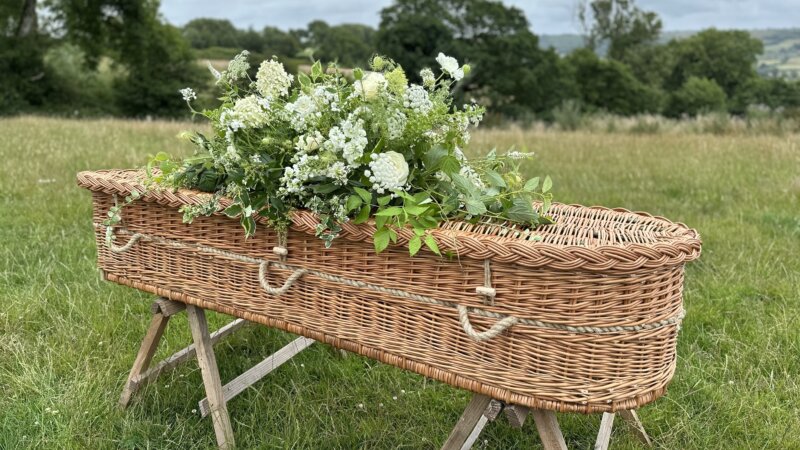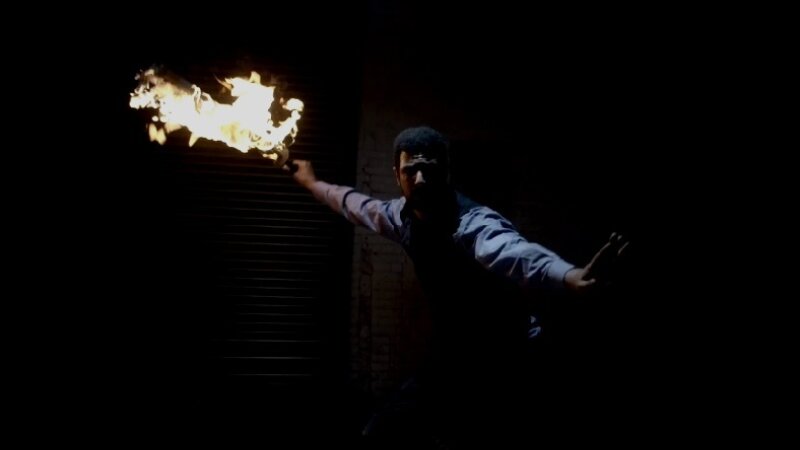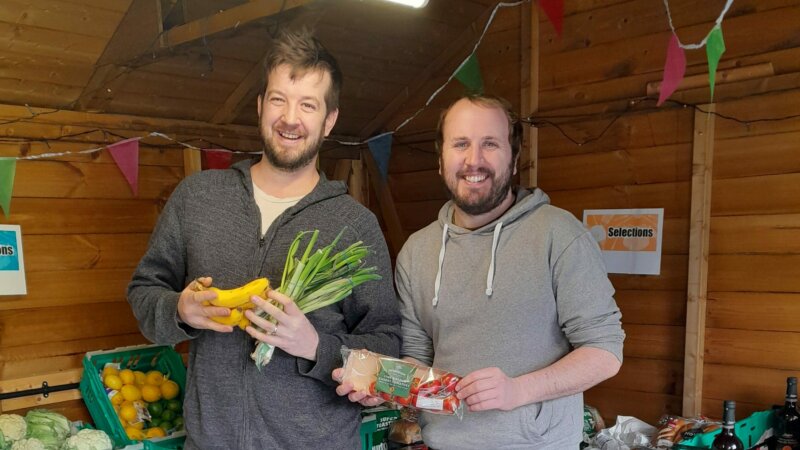Shaun Bloodworth:
Shaun Bloodworth's recent client list reads like a who's who of underground
electronic music, as well a choice selection of Sheffield musical royalty. You will have seen his work before - if it's classy and looks like he did it, it's highly probable that he did. The quality that drips from Shaun's images speaks for itself.
Sheffield is a smouldering hotbed of talent. Shaun serves as perfect example of what we do well - no nonsense, real work delivered to the highest standard. The tools may have changed but the attitude has not. We make good things in this city.
WHAT STARTED YOU TAKING PHOTOS?
A friend called Pat Garbutt on an Arts Foundation at Psalter Lane. He was streets ahead of everyone on the course - did a project about Gleadless Valley in 1986 where he lived, and how much he hated it. I found it a very powerful way of putting a point across. His brother-in-law was a well-known gallery photographer in the 80s and taught at the Documentary Photography course at Newport, then the best course in the UK. He went the following year and I followed a couple of years later after I'd put a folio together. I never really had a 9-5 job, so I don't know anything different, and much of what I've learnt has come from the school of hard knocks.
CAN YOU DESCRIBE THE PROCESS OF STARTING A NEW PIECE?
It depends on a number of factors. The best pictures always happen by chance - speak to the person direct, arrange a time and make it up from there. I used to spend a lot of time at the start of my career worrying about what to do, but now I tend to just turn up and react to what happens. That just comes down to years of experience.
WHERE DO YOU GET YOUR INSPIRATION FROM?
All sorts of places - music , painting, but mainly from film. Interestingly, a lot of photography leaves me cold. It's rare I come across a book of photos that I think are unique as a body of work. I think the late 80s and 90s were the golden age for photography - Chris Killip and Eugene Richards. Complete commitment, very inspirational for me. I get sent a lot of magazine and advertising images, youtube videos and music from my friends Stuart Hammersley of GiveUpArt and Nick Bax from Humanstudio , which can subconsciously create new ideas.
TOOLS. WHAT DO YOU USE REGULARLY AND WHAT'S YOUR FAVOURITE?
The development of high-powered battery flash lighting is key to how I work now. I can set up anywhere without worrying about being tied to an electrical socket. That and the computer, which allows you to work in a way that you couldn't have dreamt of 20 years ago.
WHAT OTHER ARTISTIC MEDIA HAVE HAD AN EFFECT ON YOUR WORK?
Experimental music, of course. It's something that runs in the background of everything I do now. And Design. I like designers. They collect beauty, whether that be physical or thoughts, so they are great to be around.
HOW DO YOU SPEND YOUR DAYS?
I work best when I'm happy and confident, so I try and encourage things that make my life as easy as possible. I try to meet with friends or colleagues most days, spend time reading lots on the internet, looking for ideas, developing projects. Taking pictures is a small part of the working week and getting to that point can take time. I'm busiest at night, when things are quiet and the kids are in bed. I don't have a studio. I tend to work from either my living room or at the kitchen table, so it allows me to work when it suits me and not during specific hours.
OUT OF YOUR RECENT WORK, WHICH PIECE HAVE YOU ENJOYED MAKING THE MOST?
Probably the picture of Lorn. It was a very easy shoot - two people who knew exactly what was going to work but without getting too hung up about it. I contacted Lorn on Twitter and arranged a date when he was at HoyaHoya in Manchester. I had the basic idea of getting a bag of blood from a butcher to spill all over the floor, but I couldn't get hold of one. So I picked up a tube of fake blood, put a couple of small drops into his nose and got him to wipe them to one side. He's got one of those deadpan looks that some people are blessed with, very easy picture. I think we both knew it had worked. Like him a lot, a very talented musician.
I've also worked a great deal recently with MaryAnne Hobbs, she is again very easy to work with, a person who ' gets' the whole process so that we can both go with the flow of an idea.
HOW HAS YOUR WORK EVOLVED OVER TIME?
I spent a long time working on jobs that I didn't want to do, before beginning a long process of changing it so that all I did was work I enjoyed. It's purely down to confidence, and a bit of luck with certain jobs. I now know that certain clients will come to me to work in a particular way - that being as undiluted as possible -and it's that point that we all try and work towards. The content has also gone from being about the subject to a partnership between the subject and myself. It's good to develop ideas on the spot that you are both happy with.
HOW HAS ART IN GENERAL CHANGED SINCE YOU STARTED?
I think technology has changed things incredibly for the good. Now you can make your own videos, post them on a public space and no-one thinks anything of it. When I was 18, there was a tradition of having to learn a craft, so things took longer and you weren't really taken too seriously until you had experience. Finding reference material was so difficult before the internet as well. You almost had to be part of an "art set" to find interesting film/photography/writing. Consequently now, people aren't scared of consuming art, which is an amazing change in such a short space of time.
[imagebrowser id=3]
WHAT ARE YOU CURRENTLY WORKING ON?
All sorts. I'm constantly photographing the music scene with portraits (three this week), planning interactive work with a music/design collective, looking at short films with a US music producer and a documentary about cities. Of course, all of this is offset with commercial work which helps fund personal projects.
ANY TIPS ON HOW TO SURVIVE MAKING MONEY FROM YOUR WORK?
In music? Unless you can work with major labels, forget it. It's a calling for me. I do it because I want to leave something behind for historical purposes. Most of my pictures can be ripped from my website. Copyright means very little and we are all guilty of infringing it. The musicians I give out my work to always ask without exception, though, so I use other photographic work to fund all of this One thing I learnt very quickly was that regardless of the job, always work at 100%. People are paying you, so you owe it to them.
WHAT MAKES YOU SMILE IN ART?
David Shrigley.
GOOD ADVICE YOU WISH YOU'D BEEN TOLD EARLIER?
Don't talk about projects or ideas too much or you'll talk your way out of them. Just do them.
shaunbloodworth.com )





